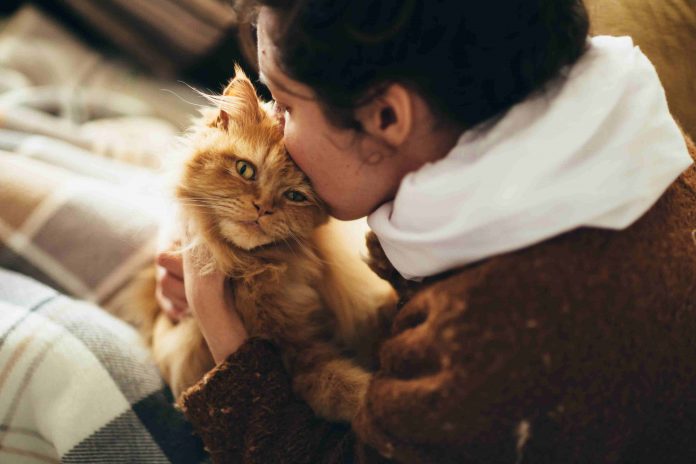It’s that time of year again when the National Hurricane Center puts out the list of names for possible storms to come. This brought up a good question, what about our pets. What do we do with our pets in the event of a natural disaster? I remember when Hurricane Katrina hit New Orleans and many pets were not able to evacuate with their families, it became very difficult to reunite these families without a microchip for identification.
The best thing we can do is start early and prepare ahead of time. There are numerous things you can do now that will keep you and your pets’ safe in the event of a hurricane or other natural disaster.
Make sure your pets have proper and up to date identification. A collar with your current address and phone number on it will help immensely but in the case of Katrina many pets once found had misplaced their collars and ID tags. This is where a microchip can be ideal. A microchip is the size of a grain of rice and is placed under the skin between the shoulder blades. It is not a GPS device and as such will not tell you where your pet is but when scanned it will hold the number of the microchip company to be called and an identification number. When called this number will link to a registered account that will have all of your contact information to help get your pet returned home. Also this account can have any pertinent medical information about your pet so we can make sure that until you’re able to be reacquainted we can give them any medical care if necessary. This is great for pets with diseases such as diabetes, anxiety, or arthritis where timely treatment is important.
University Animal Clinic partners with Honor Animal Rescue and Nate’s to provide low-cost microchips once a month.
Prepare an emergency kit ahead of time. This kit should include but not be limited to: food and water for each pet for at least 5 days, any medication your pets require and vaccine history, any leashes and harnesses, appropriate sized carriers/kennels for both dogs and cats, litter box/scoop/ and garbage bags, a current photo of your pet and description of any pertinent markings, and written instructions about feeding and medication schedule as well as any behavioral issues to be aware of. Other helpful items to include are paper towels, blankets, trash bags, grooming items, and cleaning items such as bleach.
Prepare an evacuation plan. Know ahead of time where you will likely evacuate to and make plans that would account for your pets as well. Another thing learned from hurricane Katrina was that many displaced people were not able to take their pets with them. Call your local office of emergency management to see if you will able to evacuate with your pet and if they will be welcome at local shelters. Plan ahead by calling hotels outside your area and seeing if they accept pets and of what size
After the natural disaster when you get home be mindful of your pets as things may have changed. Do not allow pets to roam off leash as there could be sharp objects about they could injure themselves on or food or other objects they may attempt to eat. While assessing damage keep pets on a leash and cats in carries, its very easy for a pet to become lost or escape. Watch for signs of anxiety as there have been a lot of changes in their environment and everyday routine. These signs could include hypersalivation, hiding, vocalization, and even aggression.
Remember that disaster preparedness plans are not only for the 2 legged members of your family but for the 4 legged furry ones as well. If you still have questions reach out to your veterinarian or local humane society as they may be able to help. Being prepared ahead of time will not only take a lot of stress away from an already stressful situation but can be lifesavers for your family and pets.



























